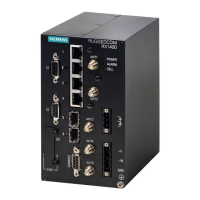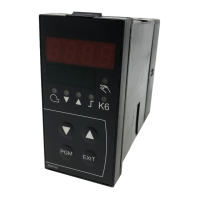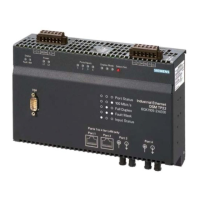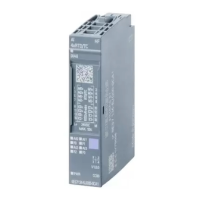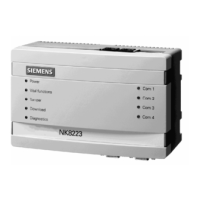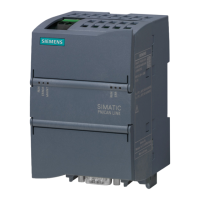Chapter 13
Unicast and Multicast Routing
RUGGEDCOM ROX II
CLI User Guide
508 Example: Basic Route Reflection
Figure29:Basic Route Reflection Topology
Similarly, routes advertised by a non-client (NC1, NC2 or NC3) are forwarded to its BGP neighbors, including the
route reflector. The route reflector in turn readvertises the routes to its BGP neighbors, which includes those in its
cluster and the eBGP router (R1).
With the exception of the eBGP router (R1), all devices are within the same Autonomous System (AS).
Configuration
To configure the device to act as the route reflector in this scenario, do the following:
1. Enable the route reflector feature and assign a cluster ID to the device. For more information, refer to
Section13.8.11.2, “Configuring the Device as a Route Reflector”.
2. For each router that advertises and forwards routes to the route reflector, define a BGP neighbor. Make sure
each belongs to the same AS. For more information, refer to Section13.8.6.2, “Adding a Neighbor”.
3. For each BGP neighbor that belongs to the route reflector's cluster, enable the neighbor as a route reflector
client. For more information, refer to Section13.8.11.3, “Configuring BGP Neighbors as Clients”.
Final Configuration Example
routing bgp
enabled
as-id 100
route-reflector enabled
route-reflector cluster-id 10.11.12.13
!
neighbor 172.30.140.10 { Client }
remote-as 100
route-reflector-client enabled
!
neighbor 172.30.140.20 { Client }
remote-as 100
route-reflector-client enabled
!
neighbor 172.30.140.30 { Client }
remote-as 100
route-reflector-client enabled
!
neighbor 172.30.150.10 { Non-Client }
remote-as 100
no route-reflector-client enabled
!
neighbor 172.30.150.20 { Non-Client }
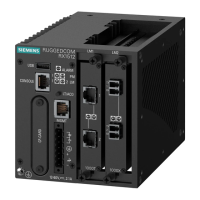
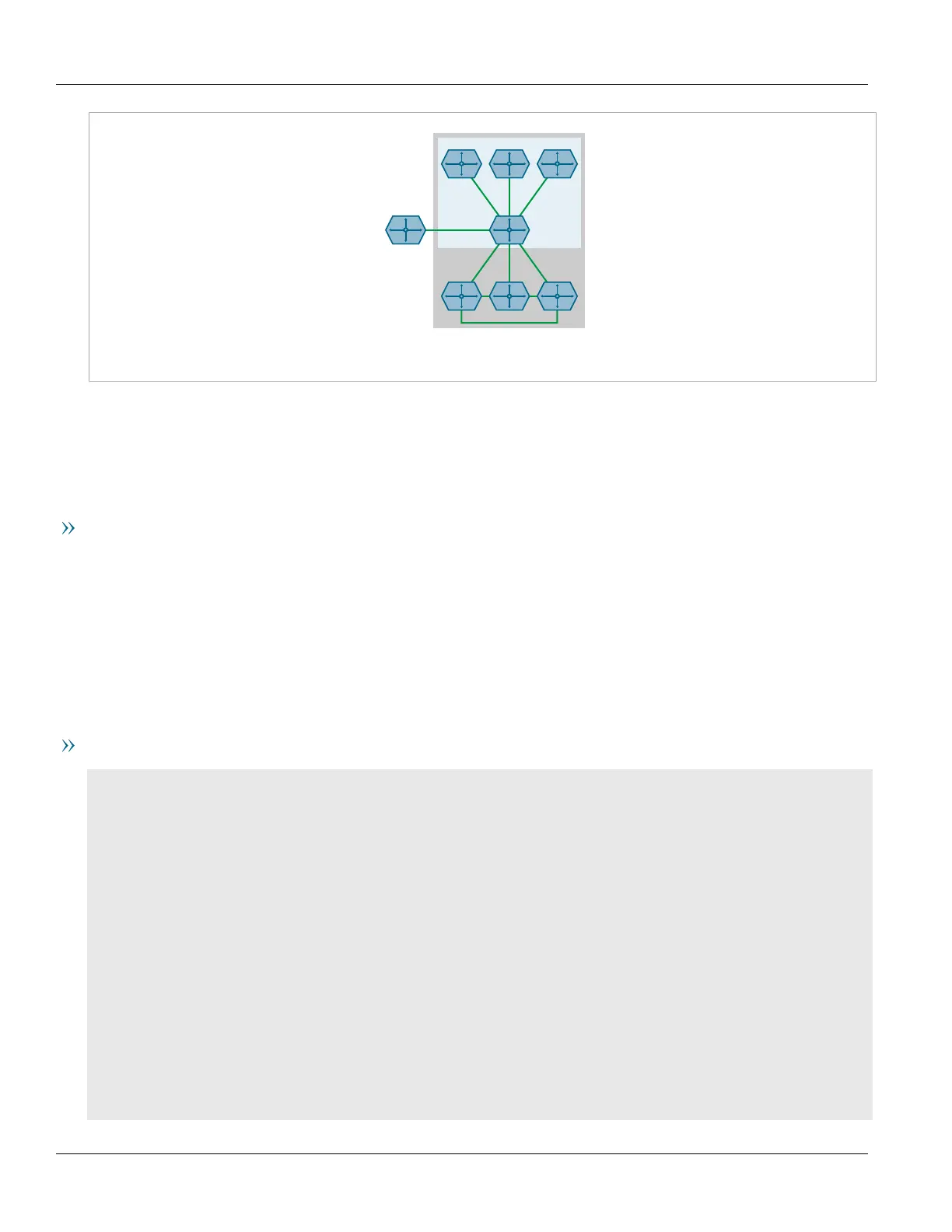